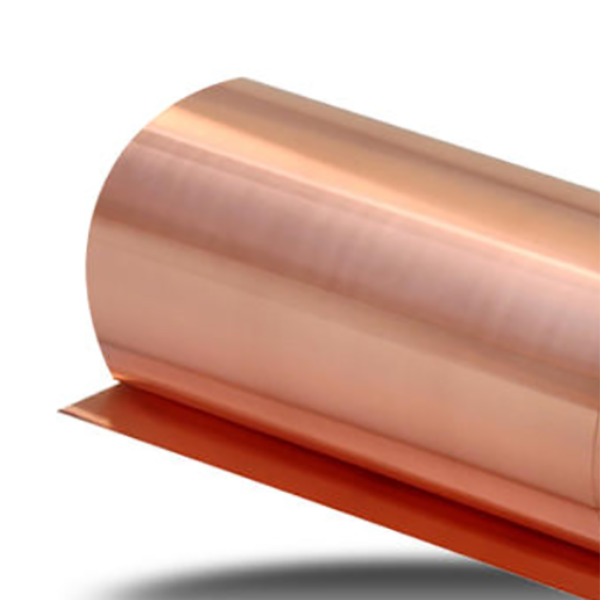Electrolytic copper foil How is it produced?
The varieties of electrolytic copper foil are divided into standard electrolytic copper foil (sTD type), high ductility electrolytic copper foil (HD type), high temperature and high ductility electrolytic copper foil (HTE type) and annealed electrolytic copper foil (ANN type) according to their properties. According to the surface conditions, there are four kinds of rust prevention: surface untreated, surface untreated, single-sided and double-sided. From thickness direction
See, the thin electrolytic copper foil with thickness less than 12um is called. In order to avoid the error in thickness measurement, the weight per unit area is also used, such as the common 18 and 35 um electrolytic copper foil, and the unit weight is 153 and 305 g/m2. The quality standards of commercial electrolytic copper foil include purity, resistivity, strength elongation, weldability, porosity, surface roughness, etc.
The production process of electrolytic copper foil by shovel process is divided into three parts: preparation of electrolyte, electrolysis and post-treatment.
Electrolyte preparation: degrease the copper material with purity higher than 99.8% and put it into copper dissolving tank, cook and stir it with sulfuric acid to dissolve it into copper sulfate. When the concentration meets the requirements, it will be transferred to the liquid storage tank, and the liquid storage tank will be connected with the electrolytic tank through pipes and pump sets to form a solution circulation system. After the circulation along the wave is stable, the electrolytic cell can be electrified for electrolysis. An appropriate amount of surface activity should be added to the electrolyte
To ensure the particle size value, crystal crystallization direction, roughness, porosity and other indicators of copper foil.

The cathode used for electrolysis of electric plate and electrolysis process is a rotatable drum, called cathode roller; The movable headless metal belt can also be used as the exposed electrode. The copper starts to deposit on the cathode after being electrified. Therefore, the width of wheel and belt determines the width of electrolytic copper foil; The speed of rotation or movement determines the thickness of electrolytic copper foil. The copper deposited on the cathode is continuously stripped off,
After cleaning, drying, trimming, coiling and inspection, the qualified ones will be sent for post-processing. The anode for electrolysis is insoluble lead or lead alloy. In addition to the running speed of the cathode, the electrolytic process parameters include the concentration and temperature of the electrolyte, and the cathode current density during electrolysis. E.g. production 25 μ M When electrolytic copper foil is used, the electrolyte shall contain CuS04.? 5H20150~280g/1. and
H2S04。 100~110g/1, temperature 40~60 ° C, cathode current density 1600~3000A/m2.
The cathode roll is formed by spinning titanium plate. Because titanium has high chemical stability and high strength, electrolytic copper foil is easy to peel off from the roll surface and has low porosity. The titanium cathode will also be passivated during electrolysis, so it needs to be cleaned, ground, polished, nickel plated and chromium plated regularly. Corrosion inhibitor can also be added to the electrolyte, such as aromatic or aliphatic combination of nitro or nitroso
And slow down the passivation speed of titanium cathode. Stainless steel cathodes are also used to reduce costs.




